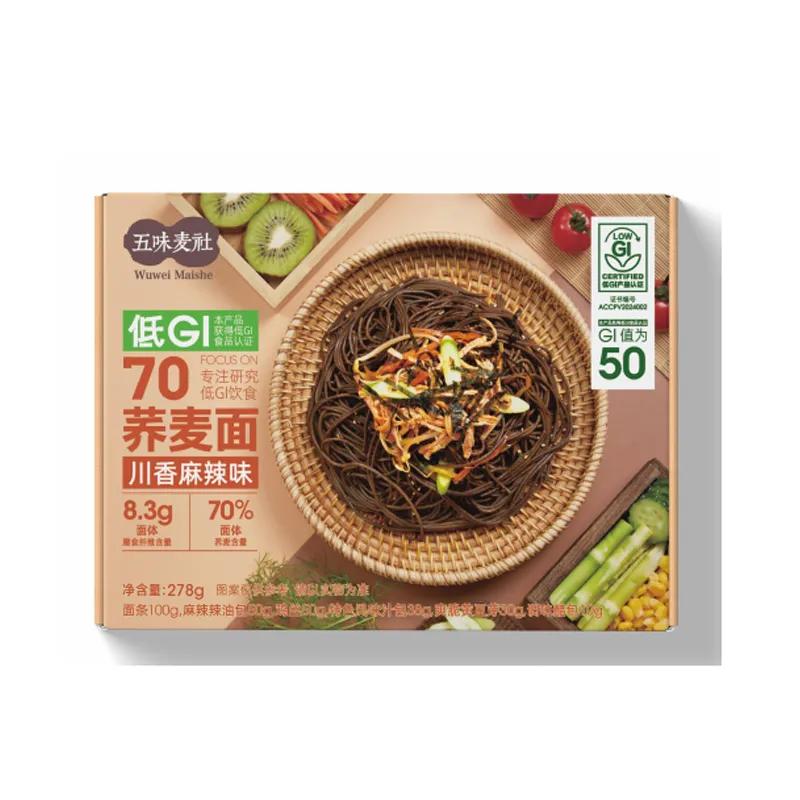Deliciously Crafted Fresh Egg Pasta for Authentic Homemade Dishes
Handmade Egg Pasta A Culinary Delight
Pasta is undoubtedly one of the most beloved staples in cuisines around the world, but nothing quite compares to the rich, comforting experience of handmade egg pasta. The process of crafting pasta from scratch not only elevates the dish but creates a connection to tradition, culture, and the essence of Italian cooking. This article will explore the art of making handmade egg pasta, its ingredients, and some delightful recipes to inspire your culinary journey.
The Ingredients Quality Matters
The beauty of handmade egg pasta lies in its simplicity, typically requiring just four main ingredients flour, eggs, salt, and sometimes water. The choice of flour is crucial; while all-purpose flour can suffice, “00” flour, a finely milled Italian flour, is often preferred for its ability to create a silky, smooth texture. Fresh, high-quality eggs are also vital, imparting richness and a beautiful golden color to the pasta.
A basic ratio for handmade egg pasta is approximately 100 grams of flour for every egg. This combination can be adjusted based on the desired texture. The addition of a pinch of salt enhances flavor, while water may only be needed if the dough appears too dry. The magic truly begins when these simple ingredients are combined and kneaded into a smooth, elastic dough.
The Art of Making Pasta
To begin the pasta-making process, create a mound of flour on a clean surface or in a mixing bowl. Form a well in the center of the flour, and crack the eggs into this well. Using a fork, gently beat the eggs, gradually incorporating the flour from the edges until the mixture becomes too stiff to mix with the fork.
Once the ingredients are combined, it’s time to knead the dough. Dust your work surface with flour and use the palms of your hands to flatten and fold the dough repeatedly. Kneading should continue for about 10 minutes, resulting in a smooth, elastic texture. Once ready, wrap the dough in plastic wrap and let it rest for at least 30 minutes. This resting period allows the gluten to relax, making it easier to roll out later.
Rolling and Shaping
handmade egg pasta

After the dough has rested, divide it into smaller portions to make it manageable. Using a rolling pin or a pasta machine, roll the dough out to your desired thickness, typically between 1-2 mm. The key to perfect pasta is achieving an even thickness throughout.
Once rolled out, you can shape the pasta into various forms. Some popular shapes include
- Tagliatelle Cut the rolled dough into long strips about 6-10 mm wide. - Lasagna Sheets Cut into rectangular sheets for layering in your favorite dishes. - Ravioli For a more intricate shape, place small dollops of filling on one layer of dough, fold, and seal the edges with a fork.
Cooking and Serving
Handmade egg pasta cooks much faster than dried varieties, usually within 2-4 minutes in boiling salted water. You will know it’s ready when it floats to the surface and has a tender but slightly firm bite.
Once cooked, the pasta can be served with a variety of sauces. A classic choice is a simple combination of butter and sage, allowing the taste of the pasta to shine. Alternatively, rich tomato-based sauces or creamy Alfredo sauces complement handmade egg pasta wonderfully.
Conclusion
Handmade egg pasta is not just a meal; it’s an experience steeped in tradition and love. By creating pasta from scratch, you connect with generations of cooks who have perfected this beautiful craft. The process, while simple, offers endless possibilities for creativity and flavor. So, gather your ingredients, roll up your sleeves, and indulge in the rewarding experience of making your very own handmade egg pasta. Enjoy every bite, knowing you’ve created something truly special!
-
Unlock the Delicious Potential of Yam NoodlesNewsAug.11,2025
-
The Authentic Taste of Lanzhou NoodlesNewsAug.11,2025
-
Savor the Art of Hand Pulled NoodlesNewsAug.11,2025
-
Indulge in the Timeless Delight of Spaghetti BologneseNewsAug.11,2025
-
Indulge in the Rich Flavor of Braised Beef NoodlesNewsAug.11,2025
-
Elevate Your Meals with the Magic of Fresh PastaNewsAug.11,2025
-
Unleash Your Inner Chef with Delectable Italian Pasta CreationsNewsAug.01,2025
Browse qua the following product new the we

















































































































